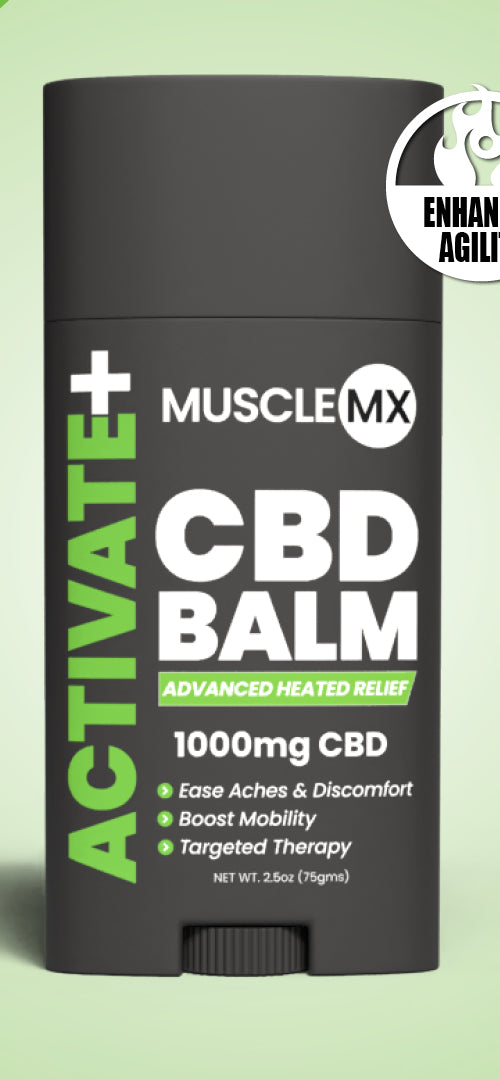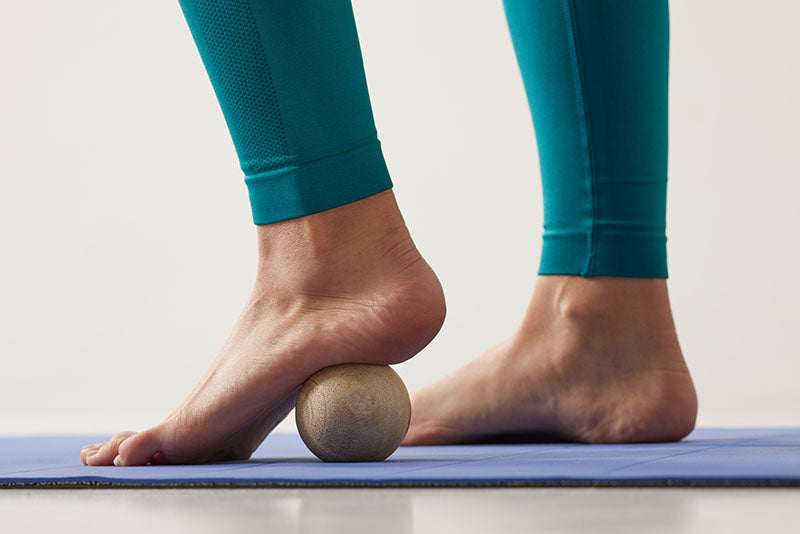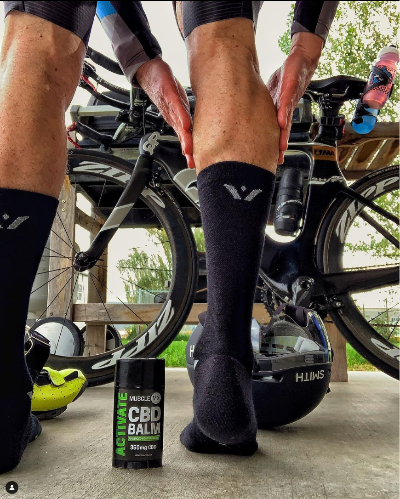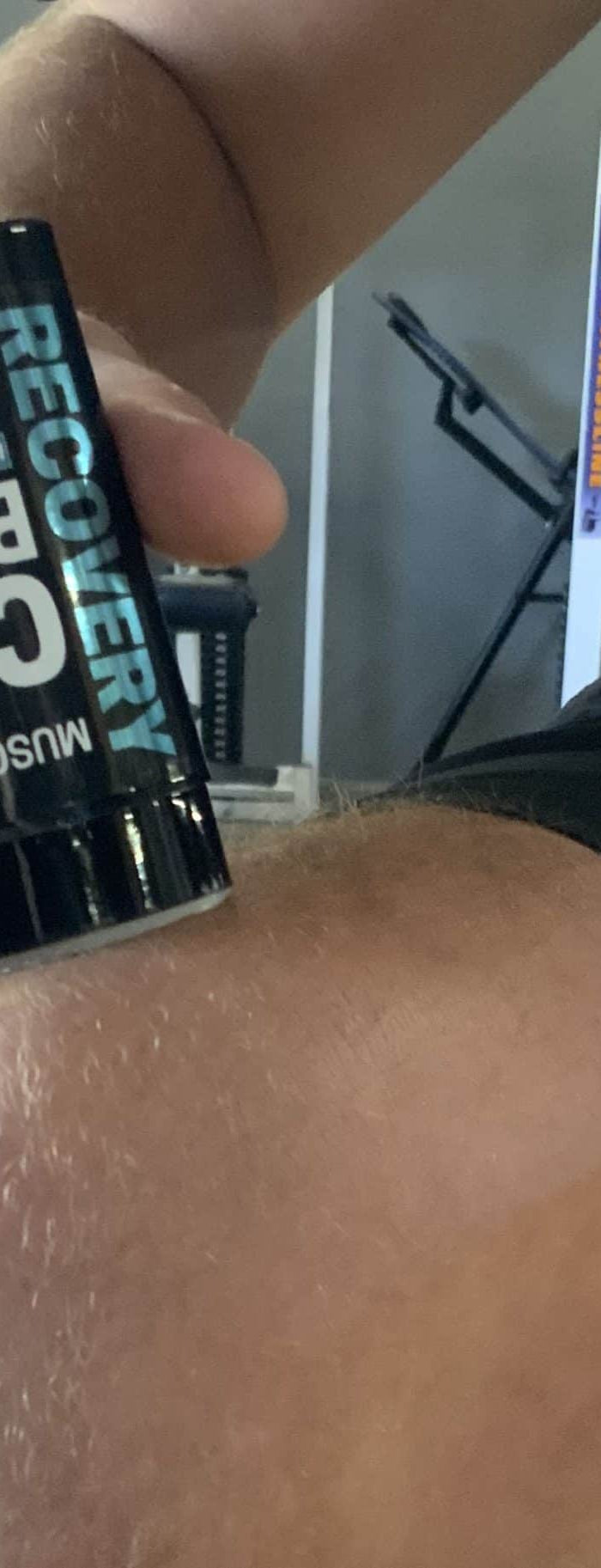How to Do Plantar Fasciitis Stretches: A Physical Therapist's Guide to Pain Relief
Key Takeaways
These evidence-based stretching techniques and daily habits can help you overcome plantar fasciitis pain and prevent future flare-ups.
-
Start with gentle morning stretches before taking your first steps - sitting plantar fascia stretch and frozen bottle rolling reduce that characteristic sharp heel pain
-
Progress to intermediate wall pushes and calf stretches - targeting tight Achilles tendons and calf muscles addresses root causes of plantar fasciitis
-
Consistency beats intensity - perform stretches 2-3 times daily for 15-30 seconds rather than occasional aggressive sessions for optimal results
-
Support healing with proper footwear and recovery techniques - avoid flat shoes, use supportive insoles, and apply ice therapy 2-3 times daily
-
Expect gradual improvement over 4-6 weeks - while some relief may come within days, significant pain reduction requires consistent daily practice
The key to long-term success lies in making these stretches part of your daily routine, even after pain subsides, to prevent future episodes and maintain healthy foot function.
Introduction
Do you feel shooting pain through your heel at the time you take that first step out of bed? You probably have plantar fasciitis - a common foot problem that affects both active people and regular folks.
The pain starts when your plantar fascia (that tough tissue band along your foot's bottom) gets inflamed. The heel pain hits hardest early in the morning. Here's the bright side - we've put together stretching techniques that really help. You should see things getting better soon, and much relief could come within four to six weeks.
This piece shows you how to stretch your plantar fasciitis the right way and shares exercises that physical therapists swear by. On top of that, it explains why things like extra weight, flat feet, high arches, and wrong shoes can lead to this problem. The pain might go away, but keeping up with these stretches helps stop it from coming back.
Ready to walk without pain again? Let's begin!
Know the Condition Before You Stretch
You need to understand how your foot works before starting any stretching exercises. Knowledge about your plantar fascia's structure and pain sources will boost your confidence when you stretch.
What is the plantar fascia?
A thick band of connective tissue runs along your foot's bottom - that's your plantar fascia. It's different from muscles or tendons because we found it's made mostly of collagen fibers. This strong, fibrous tissue connects your heel bone (calcaneus) to where your toes begin.
This amazing structure serves multiple purposes:
- Supports your foot's arch
- Absorbs shock while walking
- Provides "spring" to your step
- Helps your foot become rigid during push-off
The middle section measures about 4mm thick and handles most movement stress. This explains why inflammation hits this area hardest.
Common symptoms and triggers
Each year, plantar fasciitis affects approximately 2 million Americans. Research shows all but one of these people will develop it at some point. Look out for these signs:
- Sharp heel pain, especially with first steps
- Pain in the arch of your foot
- Stiffness and tenderness
- A tight Achilles tendon
The pain level changes throughout your day. It feels worse after rest but gets better temporarily with movement.
These factors might trigger the condition:
- Standing on hard surfaces for long periods
- High-impact sports
- Unsupportive footwear (like flip-flops)
- Flat feet or high arches
- Age between 40-60
- Extra body weight
Why morning pain is worse
That first morning step feels like torture, right? Science explains why. Your feet point downward while you sleep, which shortens and tightens your plantar fascia. Blood flow decreases when this tissue stays still too long.
Standing suddenly stretches this contracted tissue that has tiny tears and wear. Think of it as stepping on and pulling partially torn tissue - that's why mornings hurt so much. The good news? The pain usually eases after 5-10 minutes as your fascia warms up and stretches.
This knowledge about tissue mechanics will make your stretching exercises more effective because you'll know exactly what you're targeting and why.
Beginner Stretches to Ease Into Relief
Starting with gentle stretches helps relieve plantar fasciitis pain. These beginner exercises need minimal equipment and are a great way to get relief if you keep taking them. Try these simple stretches first thing in the morning, especially when you have those painful first steps.
Sitting plantar fascia stretch
This targeted stretch works directly on the inflamed tissue in your foot:
- Sit comfortably and cross your affected foot over your opposite knee
- Grasp your toes with one hand and gently pull them back toward your shin
- Use your other hand to feel the tension along your foot's arch
- Hold for 10-15 seconds and release
- Repeat 10 times, performing this sequence 3 times daily
You might feel intense tightness at first. But this exercise works best if you do it before your first morning steps or after sitting for long periods.
Rolling with a frozen bottle or ball
Cold therapy combined with gentle pressure gives you two benefits:
- Freeze a water bottle until solid
- Sit in a chair and place the bottle under your foot
- Roll from heel to ball of foot, applying comfortable pressure
- Continue for 3-5 minutes
- Repeat twice daily
The ice reduces inflammation while the rolling motion stretches the plantar fascia. This exercise helps relieve acute pain and swelling effectively.
Towel scrunch for toe mobility
Your toe flexors need strength to stabilize your feet:
- Sit with both feet flat and place a small towel on the floor
- Keep your heel on the ground and grab the towel's center with your toes
- Curl your toes to scrunch the towel toward you
- Release and repeat 10 times
- Perform 1-2 sets daily per foot
Once the simple exercise becomes easier, try placing a small weight on the far end of the towel.
Note that consistency matters—these simple exercises can provide relief within weeks if you stick to them.
Intermediate Moves to Build Strength
These intermediate stretches will strengthen the supporting muscles around your plantar fascia after you become skilled at the beginner techniques. Your calf muscles and Achilles tendon often cause plantar fasciitis pain when tight, so these moves specifically target those areas.
Wall push with straight leg
The straight-leg wall push targets your Achilles tendon and calf effectively:
- Stand facing a wall with both hands at shoulder height
- Position one foot approximately 12 inches from the wall
- Place your other foot about a step behind
- Keep your back leg completely straight with heel firmly on the floor
- Bend your front knee toward the wall until you feel a stretch in your back calf
- Hold for 15-30 seconds, then relax
- Repeat this sequence 10 times
Wall push with bent knee
A simple variation reaches different muscle fibers in your calf:
- Maintain the same starting position as the straight leg stretch
- Bring your back foot slightly forward
- Bend both knees slightly
- Lean toward the wall until you feel the stretch
- Hold for 15-30 seconds
- Repeat 10 times
Hamstring and calf combo stretch
Tight hamstrings combined with calf tightness frequently lead to plantar fasciitis:
- Stand facing a wall with hands at eye level
- Position the leg you want to stretch a step behind
- Keep back heel down while bending front knee
- Feel the stretch along the back leg
- Hold 15-30 seconds
- Repeat 2-4 times, 3-4 times daily
Calf stretch on a step
This step exercise allows gravity to help release deeper tension:
- Stand on a bottom step, holding a handrail for stability
- Position the balls of your feet on the edge
- Slowly lower your heels below step level
- Feel the stretch extend from heel to knee
- Hold 15-30 seconds
- Raise heels back to step level by engaging calf muscles
- Repeat 2-4 times
The best results come from doing these exercises 5 days each week.
Advanced Tips and Daily Habits
Managing plantar fasciitis goes beyond exercise routines. Your daily habits and recovery techniques play a vital role in healing. These proven strategies work with your stretching routine to give you complete relief.
How to stretch plantar fasciitis safely
Your tissues need warming up before stretching to avoid injury. Start with easy movements and slowly work up the intensity. Research shows that you get the best results by holding stretches for 15-30 seconds without bouncing. Regular stretching 2-3 times daily works better than random intense sessions. Your body will tell you if you're stretching too hard - mild discomfort is fine, but pain means you should ease off.
Using CBD lotion or ice for recovery
Ice therapy remains the life-blood of treatment. You can reduce inflammation by applying ice 2-3 times daily for 5-10 minutes. Rolling your foot over a frozen water bottle wrapped in a thin towel can boost relief. Many athletes say CBD products help when applied to sore spots, thanks to their anti-inflammatory properties. While research continues, CBD creams could help manage symptoms alongside other treatments.
Footwear and insoles that support healing
Your choice of shoes substantially affects recovery. Pick shoes with good cushioning, arch support, and slight heel elevation. Stay away from flat shoes, flip-flops, and don't go barefoot - even at home. Insoles with deep heel cups and medial arch support can improve comfort. Studies reveal that off-the-shelf orthotics often deliver results just as good as custom-made ones.
How to prevent flare-ups long term
Keep your weight in check to ease pressure on your plantar fascia. Replace athletic shoes every 250-500 miles or 6-9 months. Build up your activity levels slowly instead of jumping into intense workouts. Sleep with night splints that keep your foot at a 90-degree angle to prevent morning stiffness. Swimming or cycling can be great alternatives during recovery periods.
Final Thoughts
Relief from plantar fasciitis is definitely within reach, even though living with it can be tough. This piece explores stretches that build up from gentle beginner moves to advanced ones. You'll learn about your foot pain's mechanics, which are the foundations for treatment that works.
Your consistency matters more than intensity with these stretches. Those first steps in the morning often hurt the most, so focus on your morning routine. On top of that, you'll heal better by matching your stretches with good shoes, supportive insoles, and ice therapy for a detailed recovery plan.
Getting better takes time. You might feel some improvement in days, but the most important relief usually comes after several weeks of regular practice. These habits will help prevent future flare-ups and keep you active without limits.
My patients who stick to these stretching routines almost always get much better. Your plantar fascia needs daily care - these exercises work like regular maintenance, not quick fixes. Make these stretches part of your daily routine, even when the pain goes away.
Pain-free walking and mornings without heel pain are possible. Take it slow, build up steadily, and stay focused on your foot health. This integrated plan gives you the tools to beat plantar fasciitis and move freely again.
FAQ's for Plantar Fasciitis Stretches
Q: Is it safe to stretch when experiencing plantar fasciitis pain?
A: Yes, stretching is generally safe and beneficial for plantar fasciitis. Gentle stretching can help loosen the plantar fascia, strengthen supporting muscles, and reduce inflammation. However, stretches should be performed carefully and without causing sharp pain. If discomfort persists, consult a healthcare professional.
Q: How long does it typically take to see improvement with plantar fasciitis stretches?
A: Most people notice significant improvement after consistently performing plantar fasciitis stretches for 4 to 6 weeks. However, some relief may be experienced within days of starting a regular stretching routine. Consistency is key for optimal results.
Q: What are some effective beginner stretches for plantar fasciitis?
A: Beginner-friendly stretches include the sitting plantar fascia stretch, rolling a frozen water bottle under your foot, and the towel scrunch exercise. These can be performed easily at home and are particularly effective when done before taking your first steps in the morning.
Q: How often should plantar fasciitis stretches be performed?
A: For best results, perform plantar fasciitis stretches 2-3 times daily. Hold each stretch for 15-30 seconds without bouncing. Consistency is more important than intensity, so aim for regular, gentle stretching sessions rather than occasional aggressive ones.
Q: Can footwear choices impact plantar fasciitis recovery?
A: Yes, proper footwear plays a crucial role in managing plantar fasciitis. Choose shoes with adequate cushioning, arch support, and slight heel elevation. Avoid flat shoes, flip-flops, and walking barefoot. Consider using supportive insoles or orthotics for additional relief and prevention of flare-ups.
References
https://www.upstep.com/a/answers/plantar-fasciitis/cbd-cream-for-plantar-fasciitis-does-it-help?srsltid=AfmBOoqKhPOEl6kvzdRKtV1GcqYKI5-zG5G8VDO4GA8OPd-RRRRKPu64
https://my.clevelandclinic.org/health/diseases/14709-plantar-fasciitis
https://www.yalemedicine.org/conditions/plantar-fasciitis
https://redi-thotics.com/best-shoes-for-plantar-fasciitis/
https://www.health.harvard.edu/pain/plantar-fasciitis-symptoms-causes-and-treatments
https://www.cloverpodiatry.com/library/understanding-plantar-fasciitis-washington-podiatrists.cfm
https://rnvpodiatry.com/why-is-plantar-fasciitis-worse-in-the-morning/
https://www.cloverpodiatry.com/blog/morning-heel-pain-and-plantar-fasciitis.cfm
https://www.missionhealth.org/healthy-living/blog/plantar-fasciitis-treatment-at-home-6-remedies-to-try-today
https://www.versusarthritis.org/media/21790/plantar-exercise-sheet.pdf
Useful Videos We Love
https://www.youtube.com/watch?v=uod-dBB11hs
https://www.youtube.com/watch?v=lah3Dy-10FE
https://www.youtube.com/watch?v=4sjUusE-7sk&t=26s













































